Few desserts are as perfect as a lemon tart. The flavors are simple and clean, the color is vibrant, and the sharpness of the lemon curd is perfectly balanced by the buttery crust. Growing up, my father would pick up a tarte au citron from the New York bakery Ceci Cela on occasion and it was pure magic–a perfectly smooth, glistening lemon curd top decorated with intricately drawn chocolate treble clefs. It was impossible to take a bite of that tart without breaking into a smile.
Since then, the Ceci Cela lemon tart has stood out to me as “the one” lemon tart that all other lemon tarts should aspire to. I like my lemon tart bursting with lemon flavor, with the curd slightly on the tart side, which I find is just right once you add in the crust. I don’t like to see a murky curd that was thickened with flour or cornstarch–a translucent, vibrant curd is the goal.
Since the perfect classic lemon tart already exists, I decided not to re-invent the wheel but instead create a slightly different but equally delightful lemon tart recipe. Making an olive oil lemon curd brightens the lemon flavor (even with slightly less lemon than other curds) and adds a very subtle background note of flavor to the curd, giving it a bit more depth and complexity. This flavor note will vary slightly depending on the olive oil you use. Cooks Illustrated provides a great explanation of how the proteins in butter, which is typically used in lemon curd, bind to the acid in the lemon, trapping some of the aroma compounds and slightly dulling our perception of the lemon flavor. Since olive oil doesn’t contain any protein, when we use only olive oil in a curd, we’re able to perceive a stronger lemon flavor than curds made with butter.
To balance the slightly savory flavor that the olive oil lends, I added a thin layer of raspberry jam, which is baked onto the bottom of the crust for just a few minutes. To compensate for the oil, which is liquid at room temperature, I reduced the number of egg whites, and relied on a greater proportion of egg yolks in the recipe to ensure the filling sets up properly and isn’t too runny. Lastly, the crust for this recipe is the base I use for most of my tart recipes, which is the foolproof Williams Sonoma tart dough.
While this tart is a stunner, it really is quite easy to make. You can make the crust a day in advance and bake it off the next day, while you throw together the curd on the stove. Sometimes the best desserts are clean and simple, and this tart is the perfect example.

Lemon olive oil tart
Course: Pies and TartsDifficulty: Baking session1
8-inch tart45
minutes35
minutesThe tart has a stunningly vibrant yellow color and a punchy lemon flavor enhanced by the olive oil in the curd. The tartness of the lemon is perfectly balanced by a layer of sweet jam and a rich, buttery crust. This tart is best when made with a good quality olive oil, as any off flavor from a bitter or slightly rancid olive oil will affect the flavor of the tart. If making a tart larger than 8 or 9″, you will need to scale up the filling slightly to make sure you have enough.
Ingredients
- For the tart crust
1 1/4 cups (156g) all-purpose flour
1/3 cup (66g) granulated sugar
1/2 tsp salt
1 egg yolk
2 Tbsp ice water
1 tsp vanilla extract
1/2 cup (8 Tbsp) cold unsalted butter, cubed
- For the filling
1/4 cup raspberry or blackberry jam
1/2 cup (100g) lemon juice
2 Tbsp lemon zest
5 egg yolks + 1 whole egg
1/4 cup extra virgin olive oil
pinch of salt
Instructions
- Make the tart shell
- In a medium-sized mixing bowl, stir together the flour, sugar, and salt. In a separate small bowl, use a fork to beat together the egg yolk, cold water, and vanilla. Place the small bowl in the refrigerator until ready to use.
- Add the cubed butter to the flour mixture and use your hands to toss and coat the butter pieces in flour. Using a pastry cutter or two knives, cut the butter pieces into the flour until the butter pieces are no larger than the size of a pea.
- Pour the cold egg yolk mixture into the dough and stir together with a fork to mix. Finish mixing the dough together with your hands, pressing the dough together until it fully comes together into a ball. Place a piece of parchment paper on your work surface and place the dough on top. Push down into a disk, sprinkle flour on top, and roll out, using your tart pan as a guide to determine the size you need. You want the dough to be about 2-3″ larger in diameter than the tart pan. Cover loosely with plastic wrap and transfer with the parchment into the refrigerator to chill for at least one hour and up to overnight.
- Remove the dough from the refrigerator and let it sit 3-5 minutes until it becomes slightly more malleable. Flip it over the top of the tart pan and slowly peel away the parchment (reserve the parchment for later. Use your hands to gently press it down into the bottom of the tart pan and up the sides. Be sure that it’s pressed down well along the sides and at the point where the bottom and the sides meet. Roll your rolling pin over the top to remove excess dough. If needed, you can use some of the dough to patch it up in places where it’s thin or you don’t have enough dough. Cover with plastic and place back in the fridge for at least one hour and up to overnight.
- When you’re ready to bake the tart shell, preheat the oven to 375F. Make pricks all across the dough with a fork, line the bottom with foil or the leftover parchment paper and place some baking weights on top (dried beans or rice work just fine). Bake for 20-30 minutes, until the center is no longer moist. Remove the pie weights and parchment and spoon the jam into the crust. Use the back of the spoon to spread it evenly over the bottom. Bake for another 5-7 minutes until the full tart crust is golden.
- Prepare the curd
- To a blender, add the lemon juice, lemon zest, sugar, salt, egg yolks, and egg. If you have an immersion blender, you can place ingredients directly into a non-aluminum saucepan and use the immersion blender. Briefly blend until smooth. With the motor running, gradually stream in the olive oil. Stop blending immediately after the olive oil is incorporated.
- Transfer to a non-aluminum saucepan and place over medium low heat, stirring constantly. Cook until the lemon curd has thickened enough that it coats the back of the spoon/spatula and when you drag your finger through the curd on the back of the spoon, it leaves a clear path, about 7-10 minutes.
- Strain the mixture through a fine mesh sieve and pour it into the tart shell, smoothing it out evenly. At this stage, the curd should still be slightly liquidy but you should notice it already thickening up some. Place in the refrigerator uncovered for 2-3 hours until fully set.
- You can serve the tart directly out of the refrigerator and refrigerate leftovers for 2-3 days.
2 responses to “Lemon olive oil tart”
-
Wow! Your knowledge of baking and how to adjust for so many variables is really impressive! Also, I learned something new! “Using only olive oil in a curd, we’re able to perceive a stronger lemon flavor than curds made with butter.” Thanks for the great write up and recipe!
-
That’s so kind of you. Thanks for the support and hope you have a chance to try one of the recipes!
-


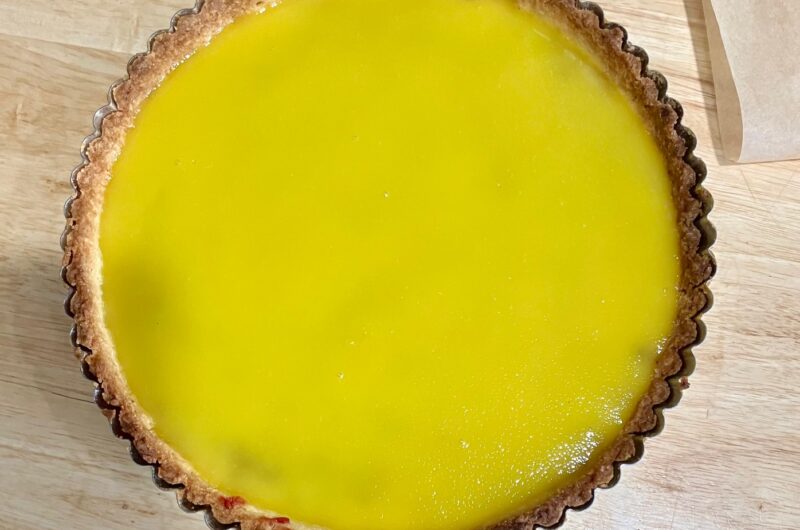
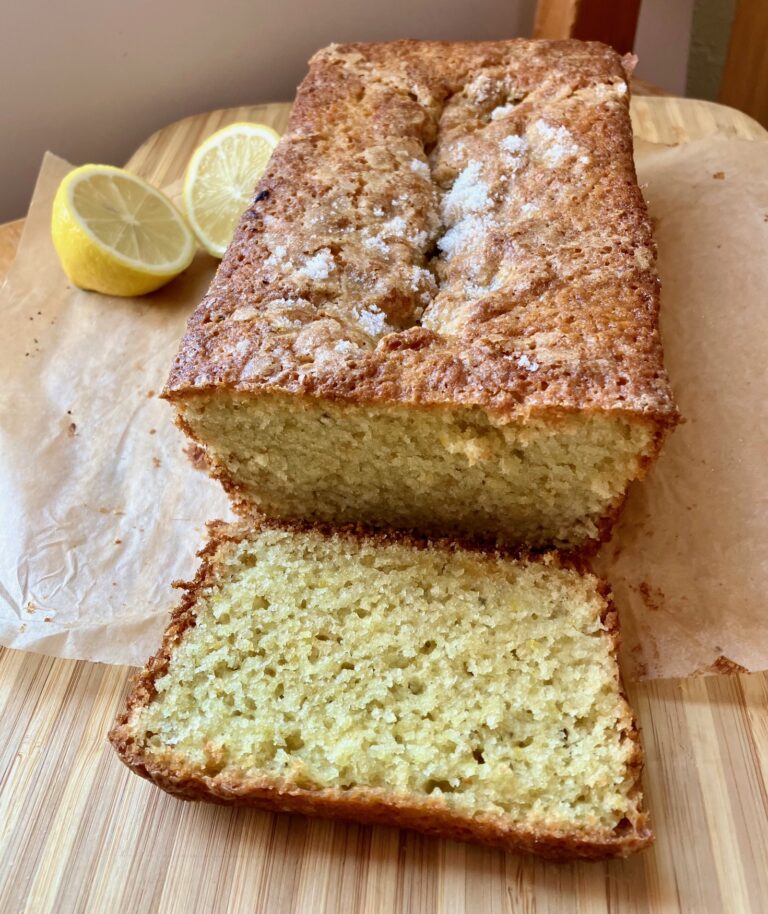

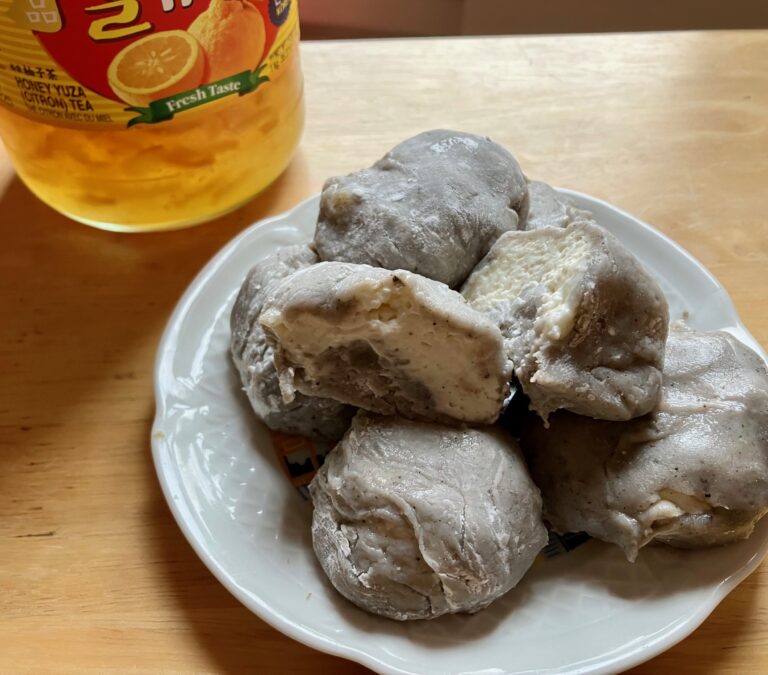
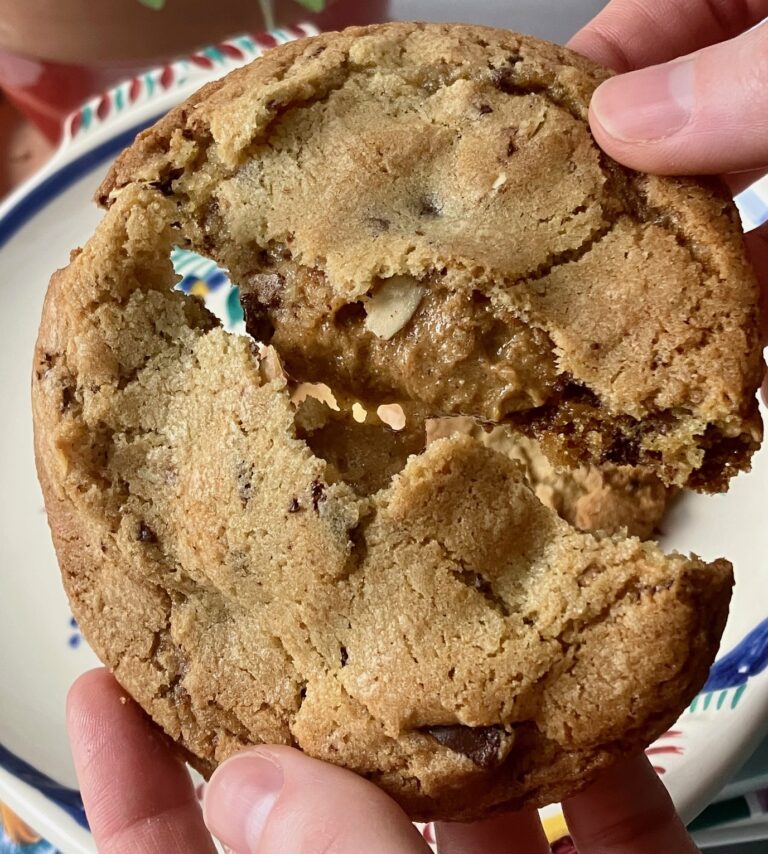
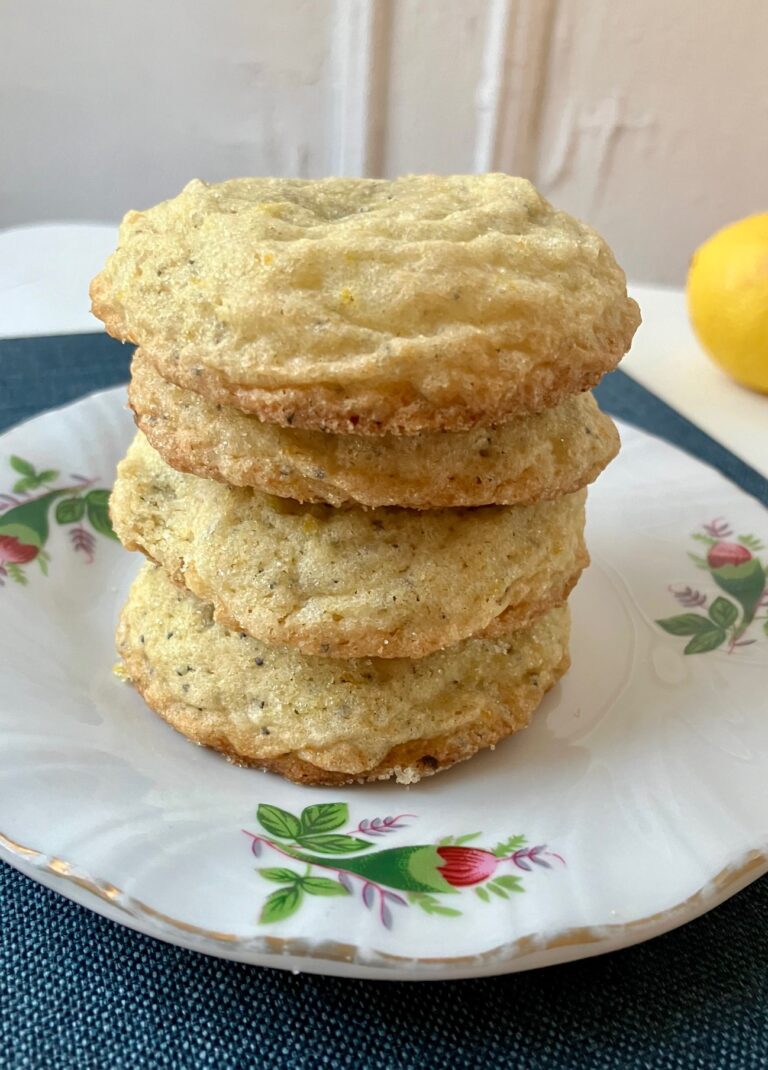
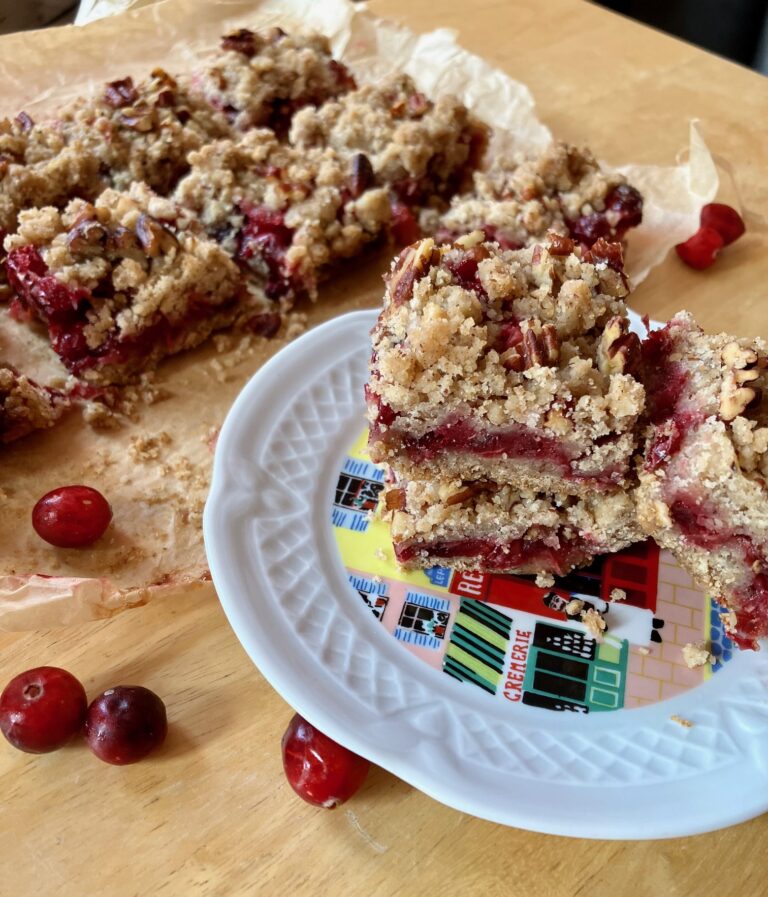
Leave a comment